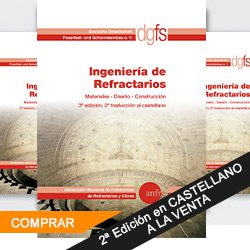The new guidelines, applicable as from January 2022, involve an alignment with the objectives and targets set out in the European Green Deal and with other recent regulatory changes and Commission proposals in the energy and environmental areas, including the Fit for 55 package.
The CEEAG broaden the categories of investments and technologies that Member States can support, cover aid for numerous areas relevant for the Green Deal, introduce changes to the current rules on reductions of electricity levies for energy intensive users and introduce safeguards to ensure that the aid is effectively directed where it is necessary.
The final document, which constitutes a large improvement for our sectors compared to the initial Commission draft, includes a methodology for the inclusion on the eligibility list for the reduction of the electricity levies. It differentiates between two categories of sectors: those at “significant risk of relocation”, eligible to 85% of compensation, and those at “risk of relocation”, eligible to 75% of compensation. The ceramic sectors at significant risk of relocation are: refractories, ceramic tiles and flags, sanitary fixtures, insulators and insulating fittings, and those corresponding to NACE codes including other technical ceramic products, other ceramic products, and other non-metallic mineral products. The ceramic sector at risk of relocation is the bricks and tiles one.
More information can be found here. (LP)



